Centralized Catalog, Faster Publishing: 40ParkLane’s Marketplace Success with CedCommerce
Reading Time: 4 minutesAbout the Brand: 40ParkLane LLC Studio40ParkLane is a design-led print-on-demand brand created…
As a result of its broad reach, active customer base, and lucrative seller benefits, Cdiscount has become a leader in French e-commerce. Moreover, it is a catalog-driven marketplace, selling items in almost all product categories except fresh food. Also, with 7,000 pro sellers and €1 billion of sales, this is one of the fastest-growing marketplaces in the world. So, do you want to upscale your business on this marketplace?
Selling on Cdiscount – the most popular e-commerce website in France – becomes more profitable and economical with CedCommerce. Also, the sellers get to save some money if they choose CedCommerce as their Integration channel.
So, read on to find out how you can upscale your business on Cdiscount with CedCommerce’s offer.
Onboard Cdiscount with CedCommerce to get 3 months FREE Subscription
Here are some facts and statistics that you should know about the marketplace:
Cdiscount is the leading e-commerce marketplace that operates in France and offers significant deals for its audiences. Also, the website provides a wide range of products; such as cultural goods, high-tech, IT, household appliances, personal appliances, and food.
The sellers can easily upscale business on Cdiscount with the CedCommerce Integration. It comes packed with these features:
Real-time Synchronization: The Integration updates all the changes made on the Sellers store on the marketplace in near-real-time. So, the sellers don’t have to do it manually.
Manage Orders: It allows sellers to auto accept orders and import them from the website. Then, it converts them into regular online store orders. So, the sellers stay updated about the new order received.
Bulk Product Upload: Get rid of uploading products individually. The Integrated solution enables sellers to upload all the products and create multiple listings in one go. So, the sellers can save time and effort.
Profile Based Product Upload: This feature makes the listing creation process simple. So, the sellers can create various profiles for different products and assign the profile whenever a relevant commodity is uploaded.
Once the application to sell at Cdiscount gets approved, the sellers can choose the multi-channel plugin as per their framework compatibility.
Cdiscount is the first French e-commerce website with a broad offer: a wide range of products including, among others, cultural goods, high-tech, IT, household appliances, personal appliances, and food. It also operates in Brazil, Belgium, Ivory Coast, Senegal, and Colombia. In 2015, the marketplace employed 1,400 people and had a turnover of 1.764 billion euros.
CedCommerce was featured among the winners of Technology Fast 50 India and Technology Fast 500 APAC for two years in a row. Moreover, it is the official Channel Integration of behemoths such as Walmart, Sears, Best Buy, and Newegg, etc. facilitating the onboarding of e-commerce sellers on these platforms. Established back in 2010, CedCommerce has now become a renowned name for providing eCommerce solutions. In addition to this, it has touched many milestones under the guidance of wise leaders who have been working towards providing a better platform for sellers worldwide. Along with Magento, it provides solutions for other frameworks like Shopify, WooCommerce, BigCommerce, Opencart, and more.
So, you can easily upscale business on Cdiscount with CedCommerce. What are your thoughts?
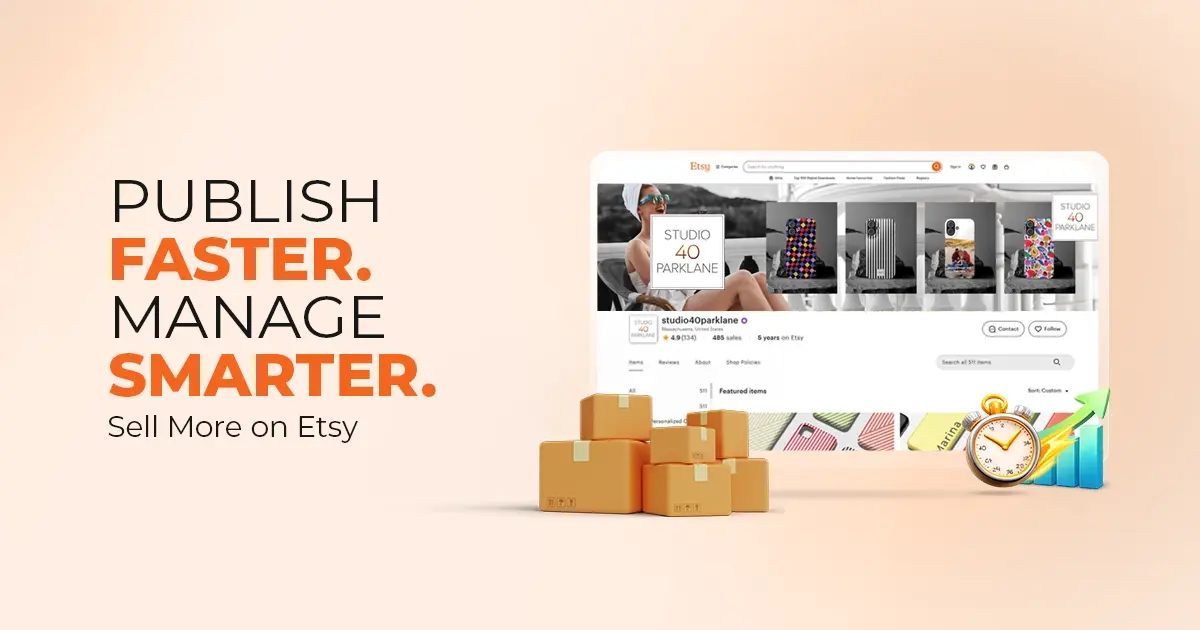
Reading Time: 4 minutesAbout the Brand: 40ParkLane LLC Studio40ParkLane is a design-led print-on-demand brand created…
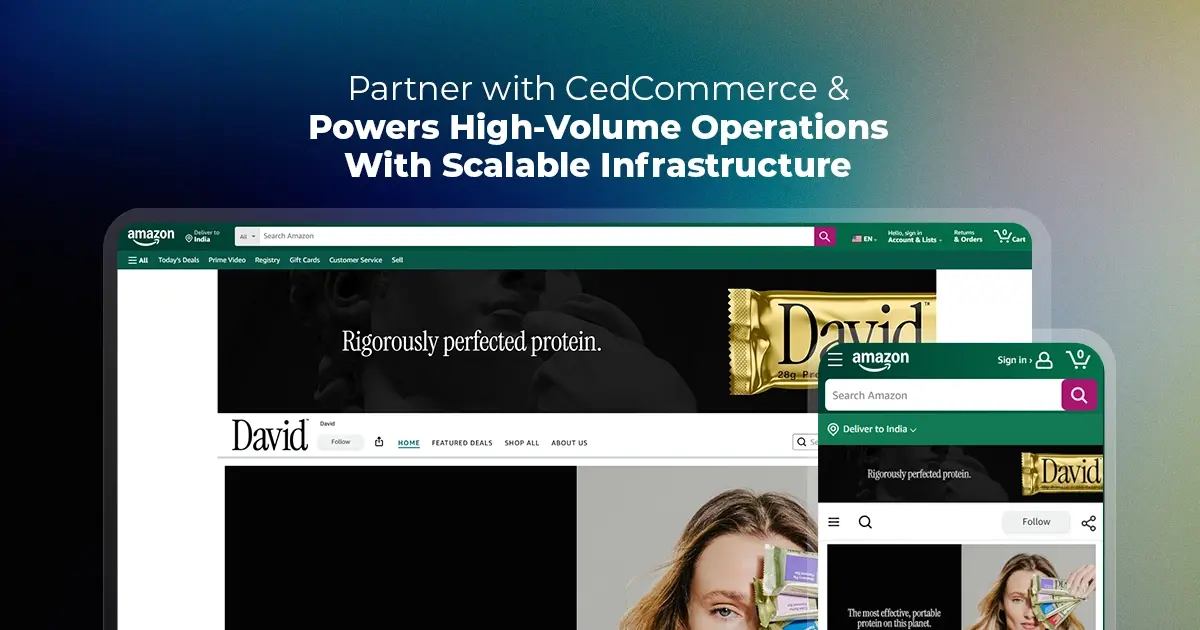
Reading Time: 3 minutesAbout the Company Brand Name: David Protein Industry: Health & Nutrition (Protein…

Reading Time: 3 minutesOnline retail spending in Germany is entering a renewed growth phase after…

Reading Time: 4 minutesTikTok Shop has released a comprehensive Beauty and Personal Care Products Policy,…

Reading Time: 4 minutesTikTok Shop has formally outlined comprehensive requirements for expiration date labeling and…

Reading Time: 3 minutesTikTok Shop is raising its sales commission for merchants across five active…

Reading Time: 11 minutesBy now you have seen your BFCM 2025 numbers. The harder question…

Reading Time: 3 minutesAbout the Brand Name: Vanity Slabs Inc Industry: Trading Slabs- Vanity Slabs…
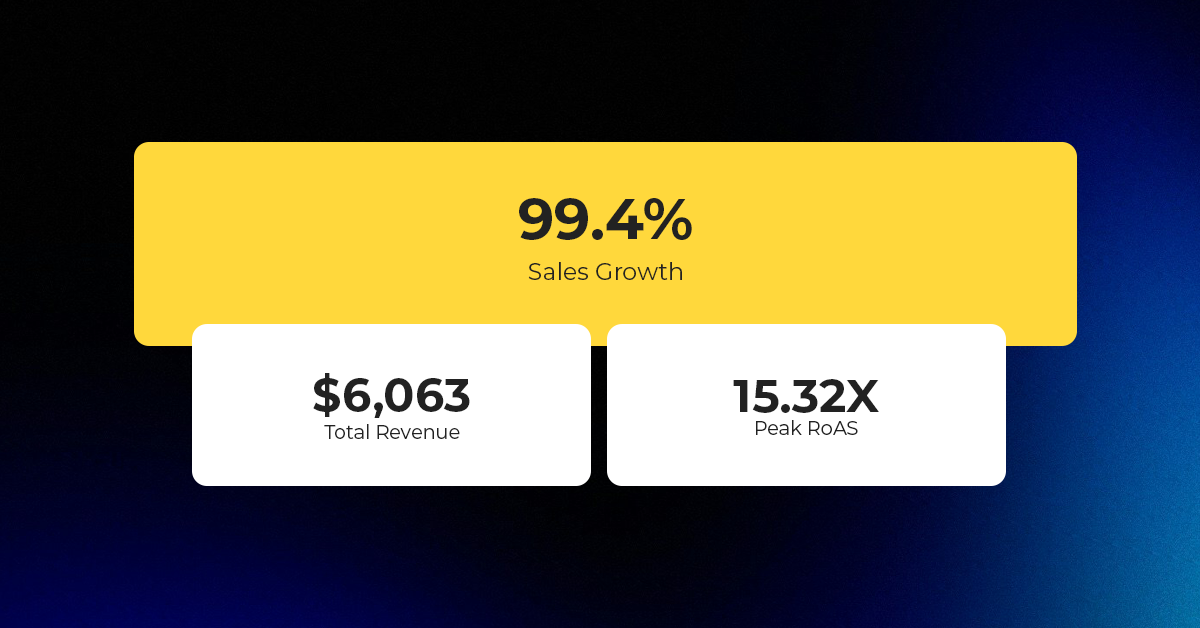
Reading Time: 2 minutesAbout the Brand Name: Ramjet.com Industry: Automotive Parts & Accessories Location: United…

Reading Time: 2 minutesAmazon is rolling out strategic referral fee reductions across five major European…
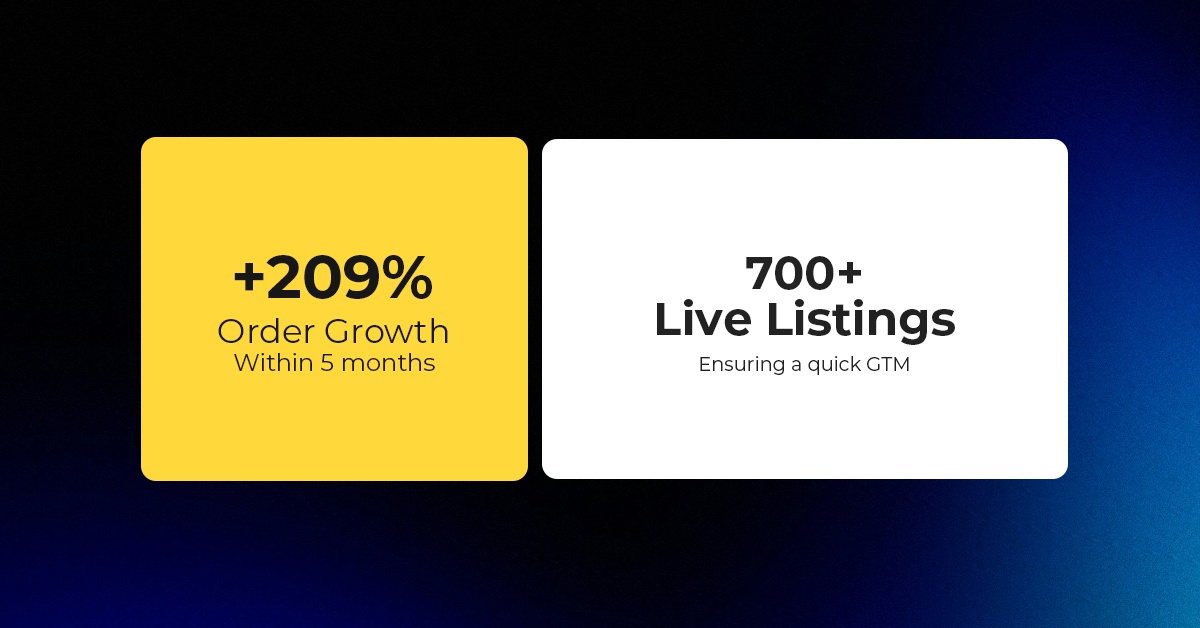
Reading Time: 4 minutesQuick Summary: Scaling Lifestyle Powersports on eBay with CedCommerce Challenge: Zero marketplace…

Reading Time: 4 minutesTikTok has surpassed 460 million users across Southeast Asia, reinforcing its position…

Reading Time: 3 minuteseBay has released its final seller news update for 2025, with a…

Reading Time: 3 minutesAmazon has clarified its stance regarding speculation around a potential breakup between…

Reading Time: 4 minutesWalmart is accelerating its push into next-generation fulfillment by expanding its drone…

Reading Time: 4 minutesFaire, the fast-growing wholesale marketplace connecting independent retailers with emerging brands, has…

Reading Time: 4 minutesB2B buying in the United States is undergoing a fundamental behavioral shift…
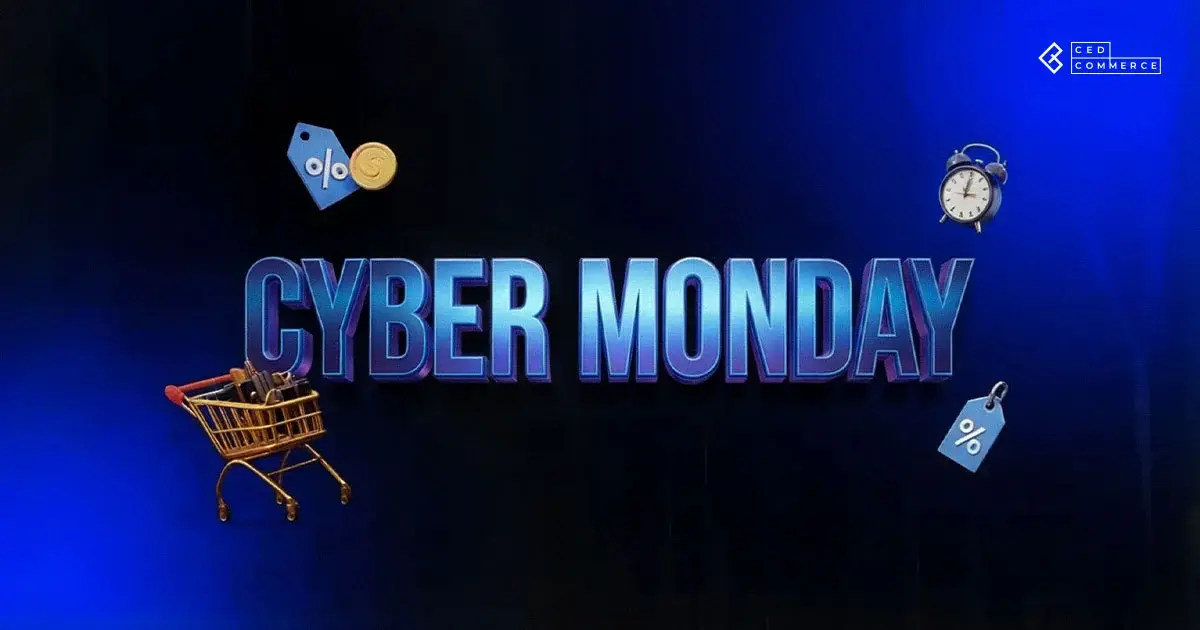
Reading Time: 3 minutesSummary Cyber Monday 2025 has officially become the largest online shopping day…

Reading Time: 2 minutesSummary Amazon kicked off December with two major developments shaping the future…

Reading Time: 2 minutesSummary Walmart has entered December with two major moves that signal a…
So how are bol.com and Fyndiq connected to Cdiscount, please clarify?
Regards
ArtizayIndia
Hello ArtizayIndia,
I believe you are a bit confused my friend.
Let me clear it up
Cdiscount, Bol and Fyndiq are three different marketplaces.
The only common point is that these marketplaces are based in the same region (around France) hence they usually attract the common audience.
In short these 3 marketplaces combined, dominates the entire eCommerce of the French region.
In case you have any more queries, feel free to share.
Have a nice day.
Leave a Reply